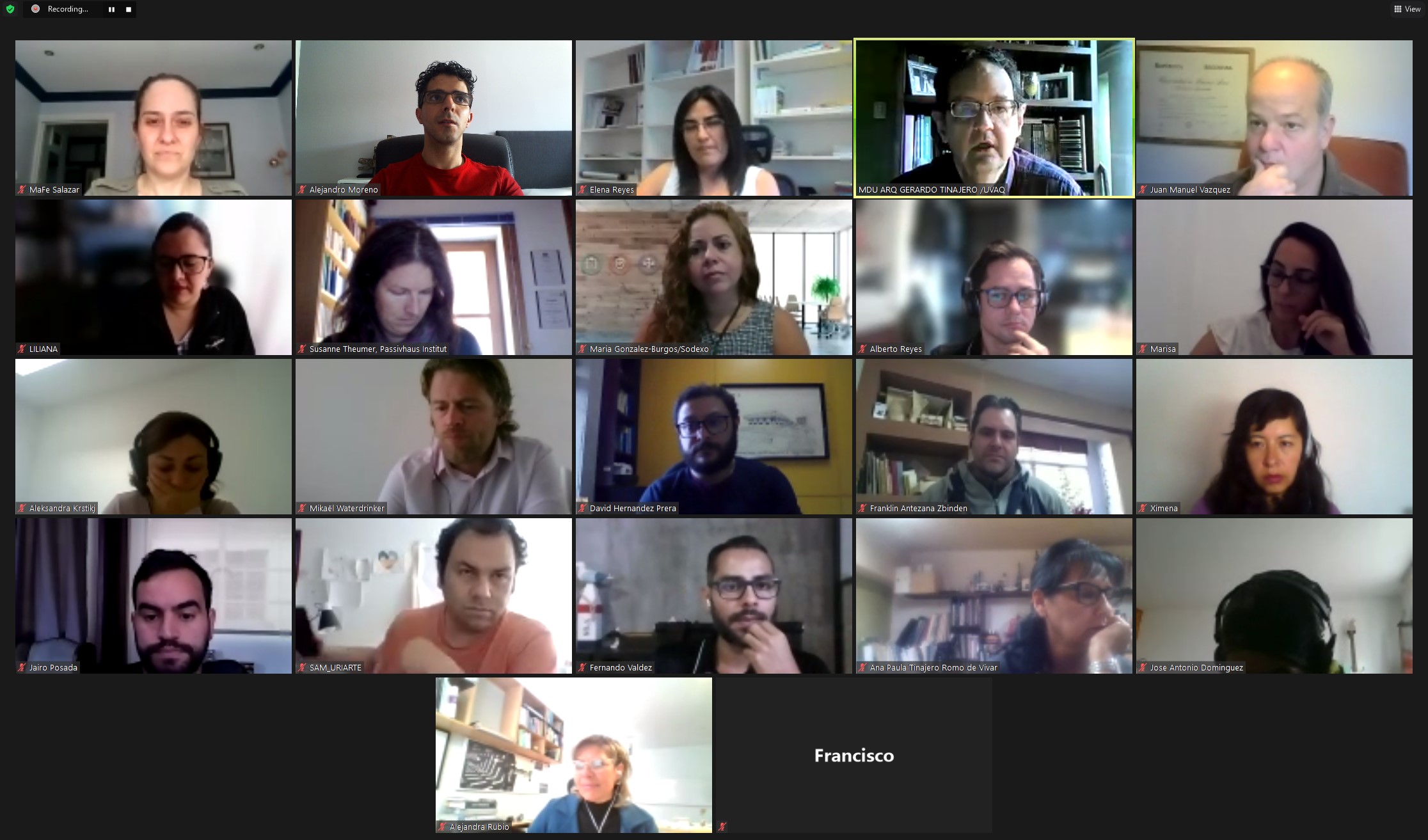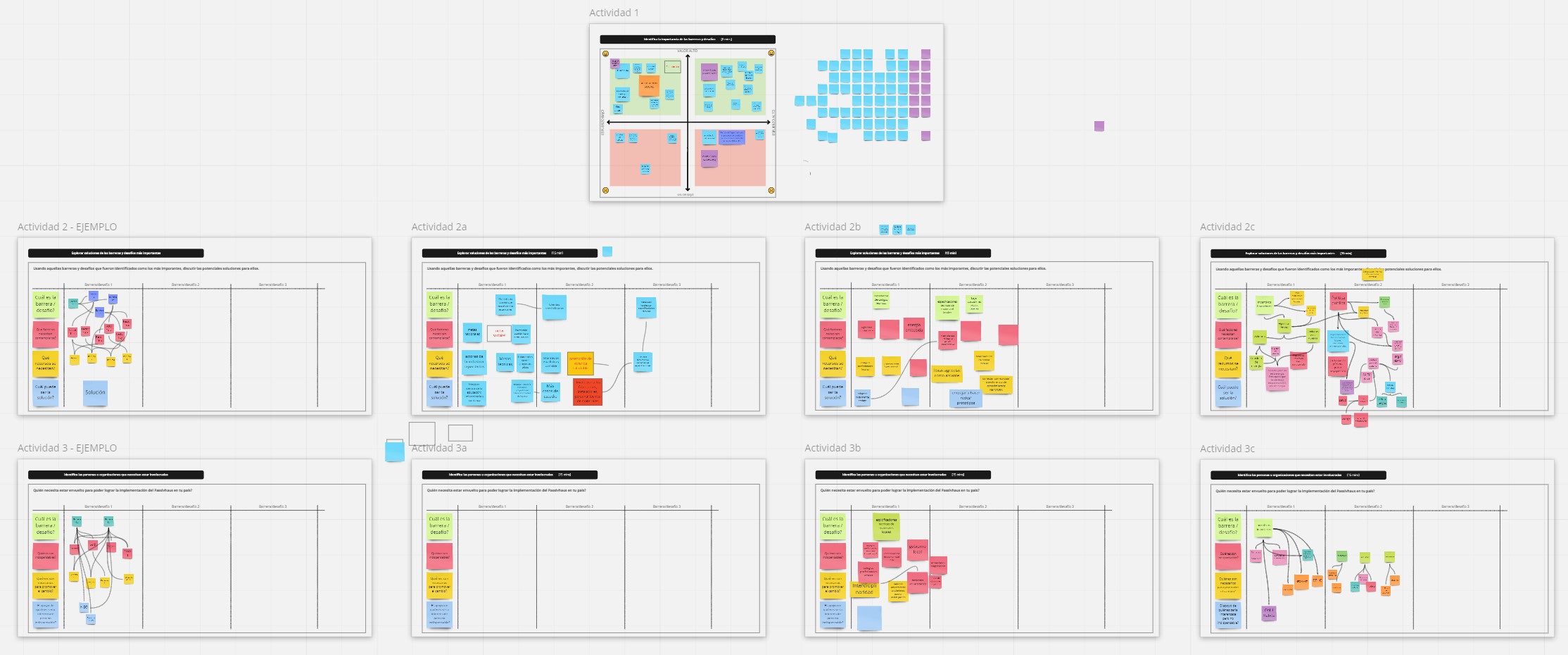Last week we had a fantastic time in the first LatamHaus workshop. In this workshop, we had the opportunity to discuss the barriers and challenges for adopting the Passivhaus in Mexico and Latin America. Elena Reyes from the Passive House Institute (PHI) joined us at this event.
Passivhaus: barriers and challenges
Workshop remarks

The session was brief but with lots of insights and excellent feedback. The workshop was divided into two sections. In the first section, Alejandro presented in general terms what are the barriers and challenges for the Passivhaus introduction to new regions. Elena, the key speaker for this event, talked about the experience of the Passive House Institute when the Standard is introduced to new regions and the components that are key for a successful implementation. The Passive House Institute approach takes two key aspects: support for pilot projects as the standard catalyst and a bottom-up approach. Although this approach may take longer to be embedded in the new region, it has successfully achieved long-term sustainability. This approach is a cycle that includes the development of research, components, buildings, dissemination, the use of the Passivhaus resources (i.e. Passipedia) and other tools (i.e. PHPP and PH Design), as well as capacity building and knowledge transfer.
‘instead of importing components, use Wolfgang Feist’s approach to the first passive house: looking for solutions with existing materials.’ – Workshop participant
In the second part, the participants had the opportunity to discuss the barriers in their countries. The group discussions were guided through the help of some digital whiteboards created for this event. More than 30 barriers and challenges were identified, and 8 were discussed in greater detail by the participants.

The most critical of the barriers identified and discussed by the participants are:
- Public engagement. There is a need to create direct public engagement with the final users. This demonstrates how the Passivhaus works (i.e. Ice Box Challenge) and provides information to the final user about the benefits (i.e. health & well-being, low-energy consumption and economic savings – long and short term).
- Co-design participatory policies. The change needs to come from the people; these changes should include the national investment, social factors and policies to support the R&D for the products needed for low-energy buildings.
- Be local! With this, we refer to materials and the need to create an ecosystem to improve the skills and abilities of local communities. Local networking was also a vital component. This could start the discussion and support new projects and interdisciplinary collaborations, particularly between academia and the industry.
Finally, one of the best solutions is to generate interdisciplinary synergies between academia and the industry. Remarkably, the lecturer’s role in inserting the seed in their students for a long-term sustainable solution with a local approach.
We had participants from all over Latin America, from Mexico to Argentina! The LatamHaus Team wishes to thank all participants and speakers who invested their time and effort to make this workshop a great experience for us all!

